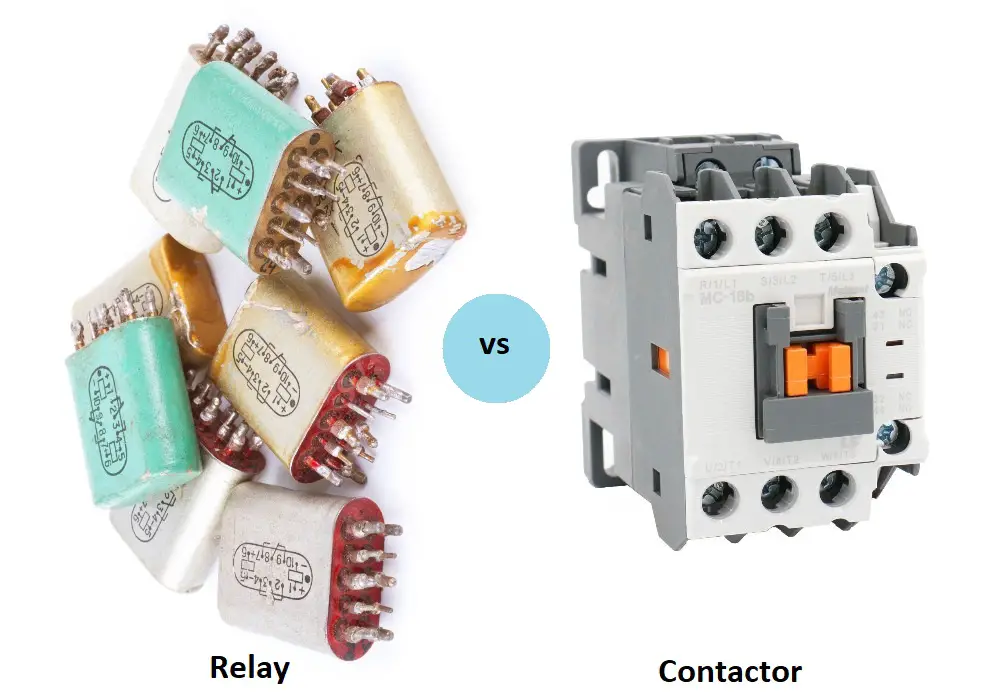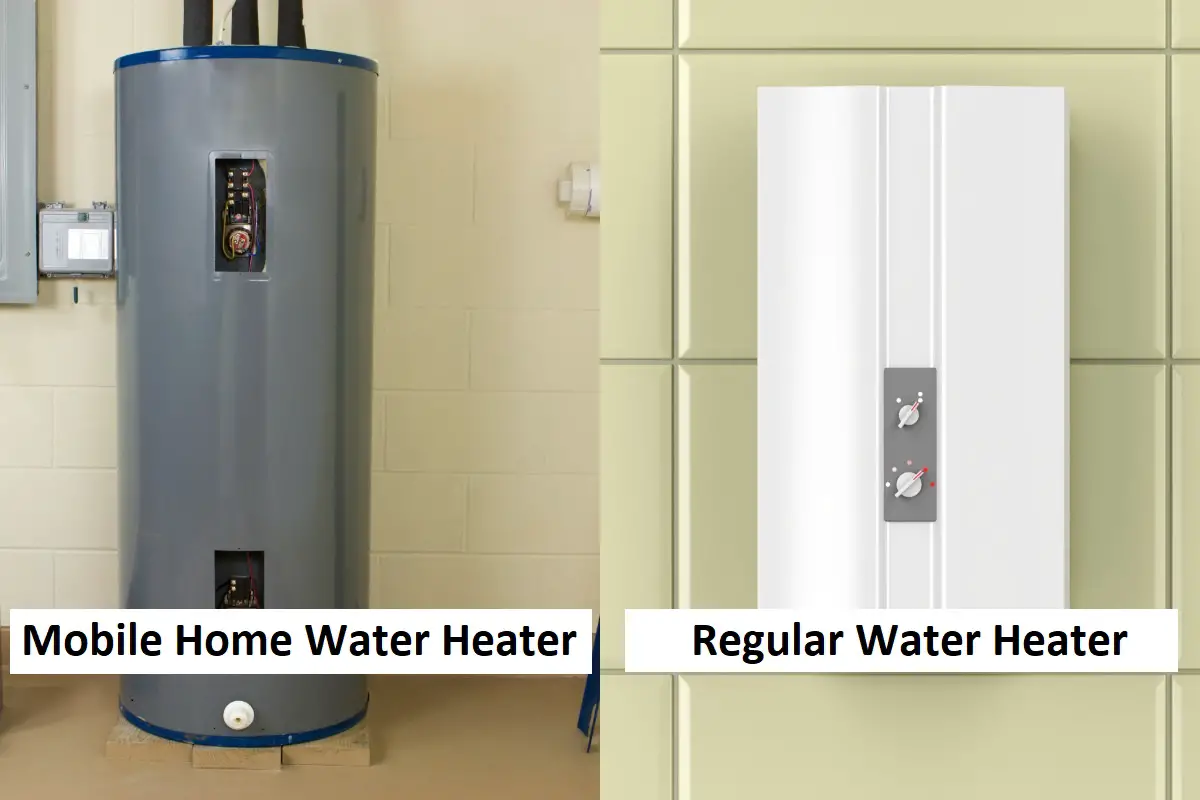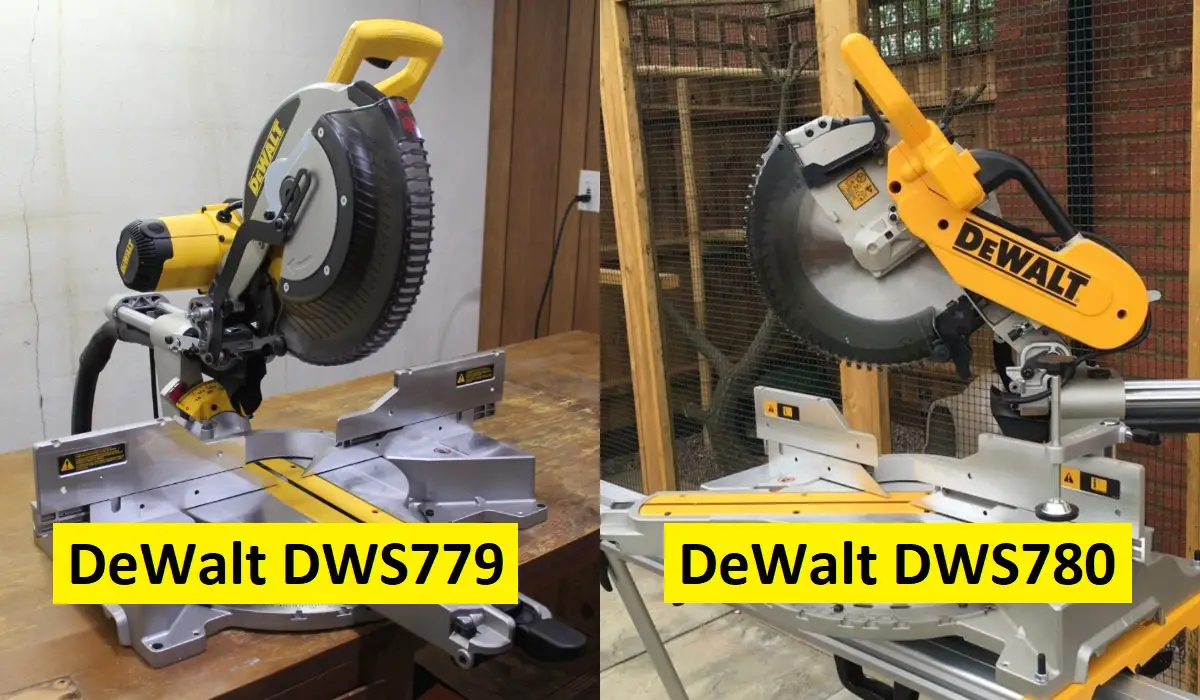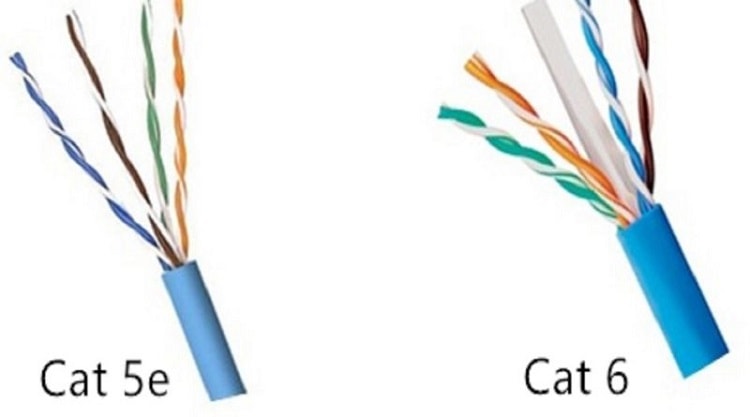Difference Between Relay and Contactor
The terms relay and contactor are often used interchangeably, and this is mainly because their functioning principle is the same. Even though the principles may be the same, there are tons of differences between these two components, and their purpose is different too.
In this article, we’ll discuss the differences between a relay and a contactor.
Relay and Contactor: An Overview
Before going deep into their differences, it’s better to know each of these devices better, as it’ll help you understand their characteristics better.
What Is a Relay?
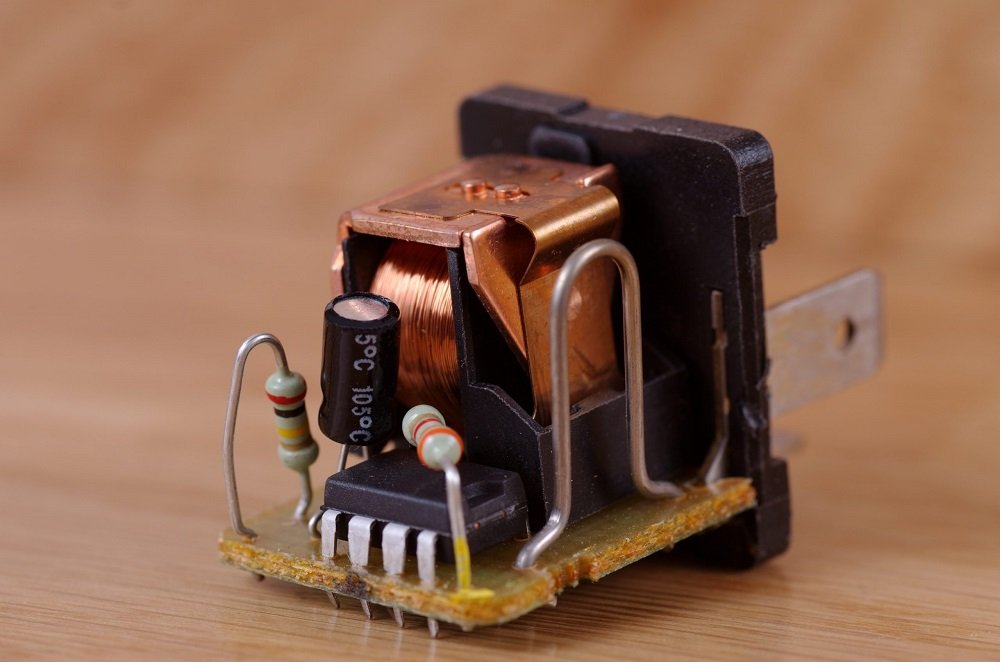
The relay is an electronic device that’s used for operating the contacts in a circuit through the change in different conditions. These changes can be in the same Circuit or even in a different circuit, but that must be done in a way that affects the primary Circuit.
What Is a Contactor?
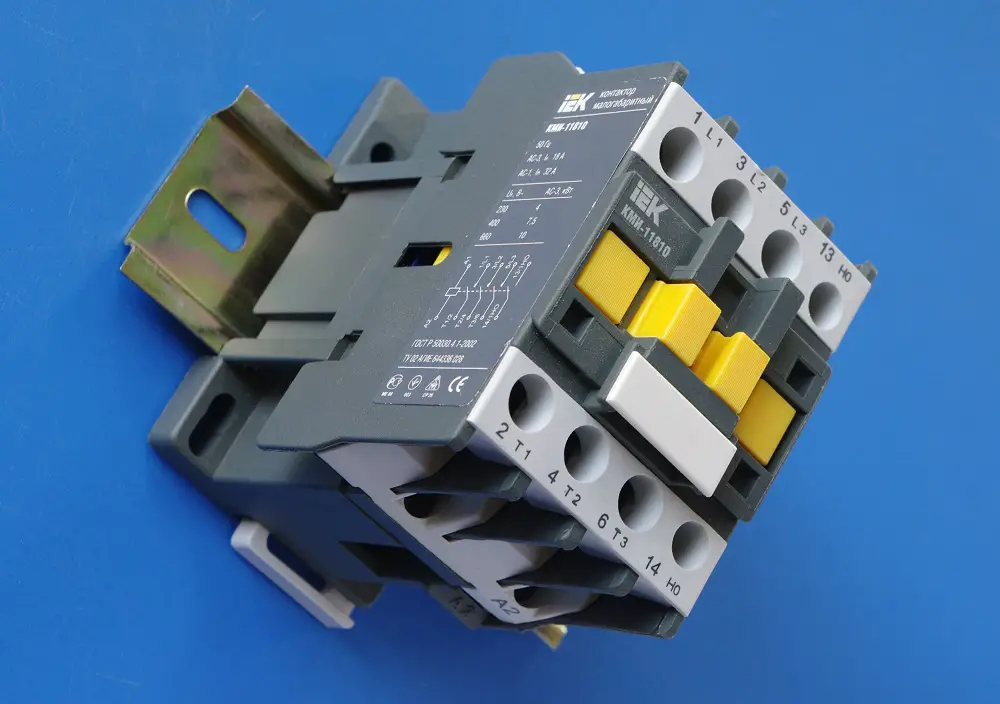
The contactor is an electronic device that is used for establishing or interrupting any electric circuit under regular conditions.
Differences Between Relay and a Contactor
In this section, we’ll discuss the different factors where the relay and the contactor are different from one another.
Application
The main difference that you need to know between relay and contactor is their application. While relays are mostly used in single-phase circuits such as control circuits, the contactors are mostly used for switching a 3-phase load.
Current Switching
A contactor can be used for carrying current loads of more than 10A. However, the relays are usually limited to 10A, if not less.
Size
When it comes to the size, the contactors are far bigger than the relays.
Auxiliary Contacts
The Auxiliary contacts can be either NO or NC, and these are used for performing additional functions. While the number of auxiliary contacts in relays will be two at least, they will be at least one set of three-phase power contacts in contactors, and the number of auxiliary contacts will vary.
Voltage
The common voltage rating of contactors is 1000V. On the other hand, it’s usually 250V only for relays.
Opening and Closing of the Contacts
While the contacts are designed to work in both open and closed functions in the case of relays, they will work mostly in the open form in the case of contactors.
Safety Features
Contactors are required to carry high current, which is why they come with some extra safety features than the relays. First of all, the contacts are spring-loaded, which allows them to prevent energizing accidentally.
Then again, the contactors also come with arc suppression for quenching the arc faster. However, these safety features aren’t usually found in the relays.
Recommended for You:
Difference between Relay and Contactor: A Comparison Table
Relay |
Contactor |
|
| Application
|
Single-phase circuits | 3-phase circuits |
| Current Switching
|
Can’t carry more than 10A | Can carry more than 10A |
| Size
|
Small in size | Larger in comparison to relays |
| Auxiliary Contacts
|
Must be two one-phase contacts at least | Will be at least one 3-phase contact |
| Safety Features
|
Doesn’t offer many safety features | Offers spring-loaded contacts and arc suppression |
| Opening and Closing of the Contacts
|
Functions in both open and closed mode | Functions mostly in open form |
| Voltage
|
250V | 1000V |
Which One Should You Use?
There are three things to consider when choosing between relay and contactor. These are:
i. Amount of Electricity Passed
If the electricity passed is higher than 10A, then you need a contactor.
ii. Voltage Load
If the voltage load is 250V or below, then go for a relay. If it’s higher than 250V and around 1000V, then use a contactor.
iii. The phase of the Circuit
For one-phase circuits, use relays, and for three-phase circuits, contactors are more suitable.
Final Words
Knowing the difference between relay and contactor is important, as it will help you choose the most suitable component for your work. Choose wisely, or you may end up damaging the components!
